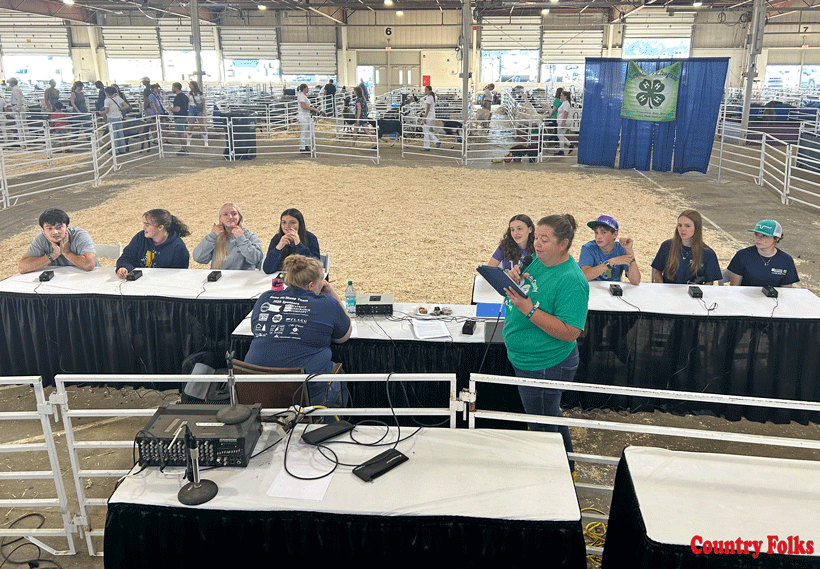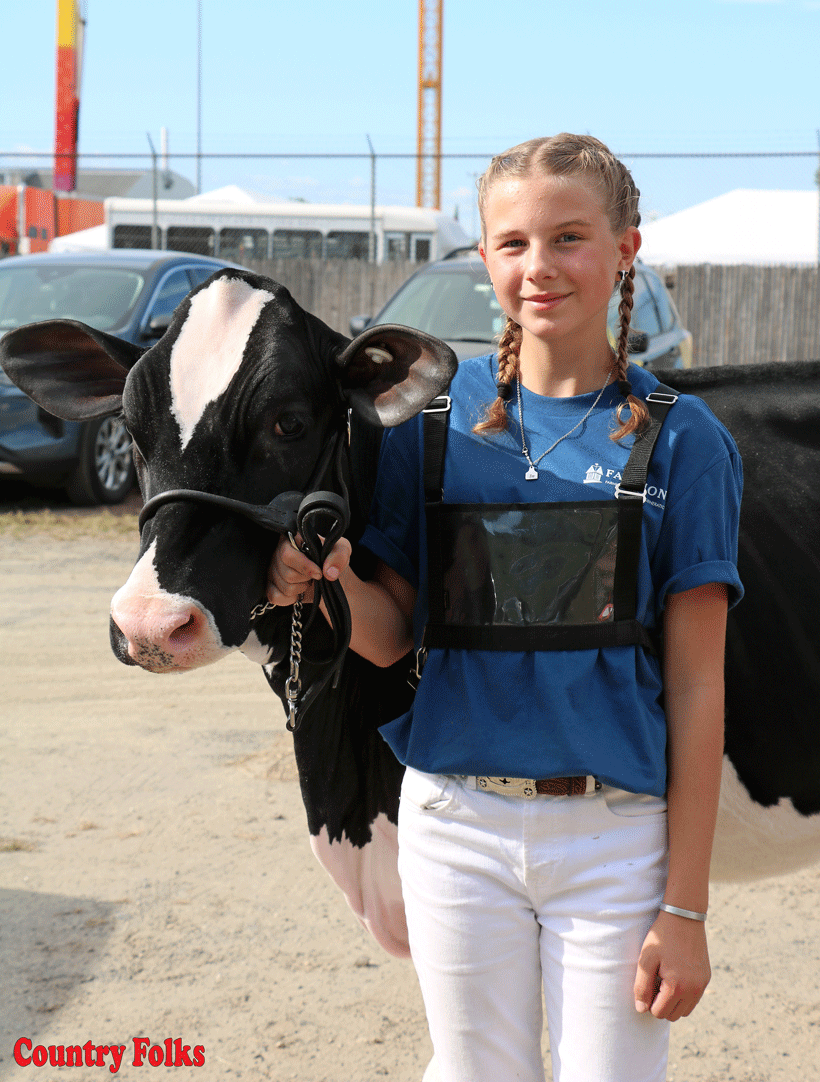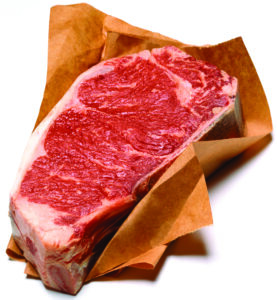
In mid-August, Pecos Bill (aka Wild Bill), a fellow Cornell ag graduate, sought my advice for a particular cropping situation on his Chenango County dairy farm. He said they usually harvest two cuttings of sorghum, in mid-July and late August. But this year, starting wet, then turning dry most of summer, their sorghum and Japanese millet didn’t do as well. They had about six acres of sorghum and three acres of Japanese millet that were almost ready to cut. But he didn’t know if they would get a second crop in September if they cut pit then (late August).
He wanted to know if it would be best to harvest it promptly or wait a few weeks and then cut it. They had hoped to no-till triticale into the sorghum and millet stubble in mid-September.
Bill’s family owns and operates a grass-fed organic dairy farm. Thus, all their forages must be harvested before they set seed to form grains. This is fairly critical with perennials, which yield higher quality in immature plants. Harvesting prior to seed set is mandatory according to the National Organic Program (NOP) for grass-fed livestock. This requirement applies to hot climate summer annual (HCSA) crops that form distinct heads. HCSAs include corn, sorghum, sudangrass and their hybrids and millet.
NOP also mandates that grass-fed organic farmers avoid seed head formation in winter forages, such as wheat, cereal rye, triticale, speltz and barley. HCSAs harvested with few or no seed heads generally have time to make second cuttings, frost permitting.
I called Bill to learn more about the stands in question. I was told that the sorghum and millet were on parcels planted to the same crops in 2022. Prior to last year, both parcels had lain fallow for five years. They had also received bovine bone meal and plentiful liquid manure, compliments of their dairy cattle during 2022 and 2023, but not during the fallow years.
He told me the sorghum and millet were both about 3.5 to four feet tall throughout the majority of the two fields, except for spots where vegetation was shorter and yellower. In those problem areas soils were heavy shale and not too deep. Most of their fields are Lordstown and/or Mardin type – typical upland soil materials.
Bill’s family drifted away from corn silage even before converting their dairy to grass-fed organic. Their reasons for abandoning corn entirely: first, with increasingly shifting weather patterns, not putting all your eggs in one crop provides much more stable forage supplies. One of those often-ignored alternative crops is brown mid-rib (BMR) forage sorghum or sorghum-sudan, best planted when the soil is at least 65º (with forecast for warmer conditions). This can usually take place after most if not all the first-cut hay crop is harvested. Taking first cutting followed by sorghum can greatly increase total yields from runout hayfields.
Second, if growers want to plant grain corn as a cash crop, there’s a little-known bonus trait: corn can follow sorghum with no rootworm issues. The sorghum root’s prussic acid (hydrogen cyanide) kills larvae, then adult rootworms look elsewhere to lay eggs. Bill’s family had pretty well weaned their farm off corn silage even before converting to grass-fed.
Drilled sorghum in narrow rows protects the soil from erosion and raindrop impact at least a month earlier than corn. In moisture-short conditions – which have been a serious problem at many Northeast locations this year – sorghum will yield 50% – 100% more digestible dry matter than corn on the same water, per University of Texas research.
Additionally, a rapidly growing consideration is that sorghum does not get corn tar spot. It has its own tar spot different from corn, but sorghum agronomists have not seen it in the U.S.
Third, although they are growing BMR sorghum this year, many are considering older-style non-BMR sorghum, considering it the premier, economical forage for raising dairy replacements and dry cows. They reason that higher energy corn silage is problematic since its starch contributes to fat deposition rather than body size. The highly digestible BMR sorghum will do the same. But non-BMR forage sorghum species will fill the animal, maximizing rumen development and function without over-conditioning cattle. Non-BMR sorghums outyield BMR versions and usually cost less. Many farmers report they are growing better, large-framed replacement animals when they switched from corn and BMR sorghum to non-BMR sorghum as the preferred forage.
Fourth, here’s the reason many plant Japanese millet: This crop is more forgiving than sorghum and/or sudangrass grown in less-than-ideal soil fertility. A field that tests pH of 5.7, low in phosphorus and is marginally drained will support millet much better than it will the other HCSAs listed above. Though called Japanese, this millet mostly developed in India on subsistence farms, where the main form of plant nutrition was water buffalo manure.
I gave Bill the following recommendations for winter forage seeding rates: 100 lbs./acre of Gainer 154 triticale, 8 lbs./acre of Clifford red clover and 3 lbs./acre of Tetrax meadow fescue. The triticale seed should be placed 1.25 inches down, drilled. If the seed has to be spun on, increase seeding rate by 20% – 25% for all three crops. The red clover should be pre-inoculated. Individual seed dealers may make acceptable substitutions for these varieties.
Once the winter forage is up, fertilizer – based on soil test results – can be top-dressed. Triticale can tolerate total nitrogen of 70 lbs./acre, including manure and granular sources, over winter without threat of lodging. Folks who are not grass-fed organic dairy farmers should allow their HCSAs to form seed heads, up till the point where vertical whole plant growth has stopped. Past that point the plants divert energy toward fiber formation, away from net energy for lactation.










Leave A Comment